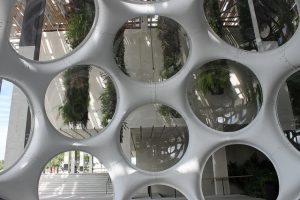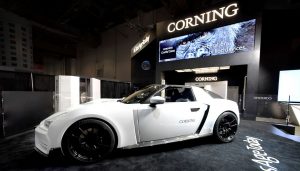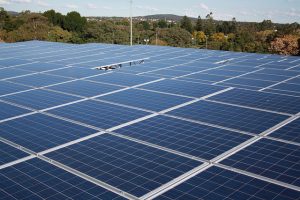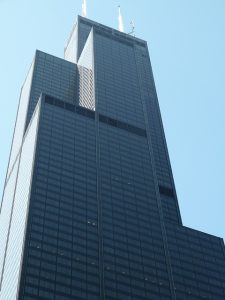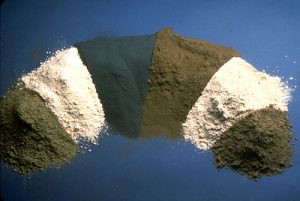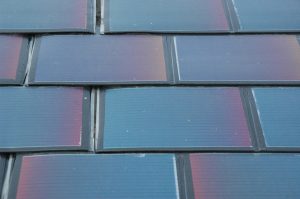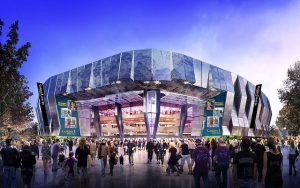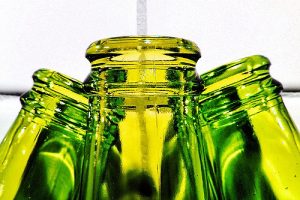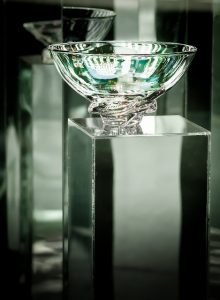Glass dome to highlight museum
Bentonville, AK is known as the home of Walmart, but the city will soon be sporting a new attraction. The Crystal Bridges Museum of American Art will welcome a new structure – a geodesic dome with 61 glass “eyes.” The “Fly’s Eye Dome” will sit on the museum’s north lawn, near a house built by American architect Frank Lloyd Wright.
The geodesic dome was designed by Buckminster Fuller, who was inspired by a drawing of a fly’s eye. The dome is one of three designed by Fuller, and was previously displayed in Los Angeles as part of the city’s Bicentennial celebration in 1981. It was most recently displayed in Toulouse, France in 2013. The museum acquired the dome as a permanent exhibition.
The structure is made from glass and fiberglass. The materials appealed to Fuller because they were both lightweight and strong. The dome was the largest of three prototypes built by Fuller. Two smaller domes, measuring 12 feet and 24 feet were also constructed. Fuller initially designed the dome as a cost-effective, lightweight and strong housing solution. According to Fuller, a geodesic dome would cost less to build and transport, and could be erected quickly.
The museum also acquired Fuller’s notes on the project, and has shared those documents with the University of Arkansas. Although the prototype domes were built, they weren’t fully functional homes, since they lacked a viable design for ventilation. Fuller also hadn’t developed a plan for the dome’s interior layout, so the prototype spaces are wide open.
Like the Frank Lloyd Wright home, the Museum says that it acquired the Fly’s Eye Dome as an example of “uniquely American architecture.”
Glassprimer™ glass paint is a specialized glass coating that bonds permanently to glass surfaces. GlassPrimer also makes a glass surface molecular activator that is designed to work with UV-inkjet glass printing processes. For more information about Glassprimer™ glass paint, please visit the rest of our site. If you’d like to purchase Glassprimer™ glass paint, please visit our online store .
Photo Credit: Phillip Pessar , via Flickr.com

